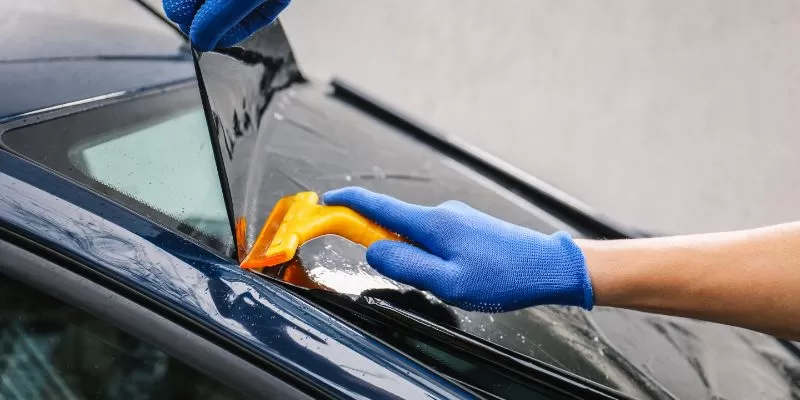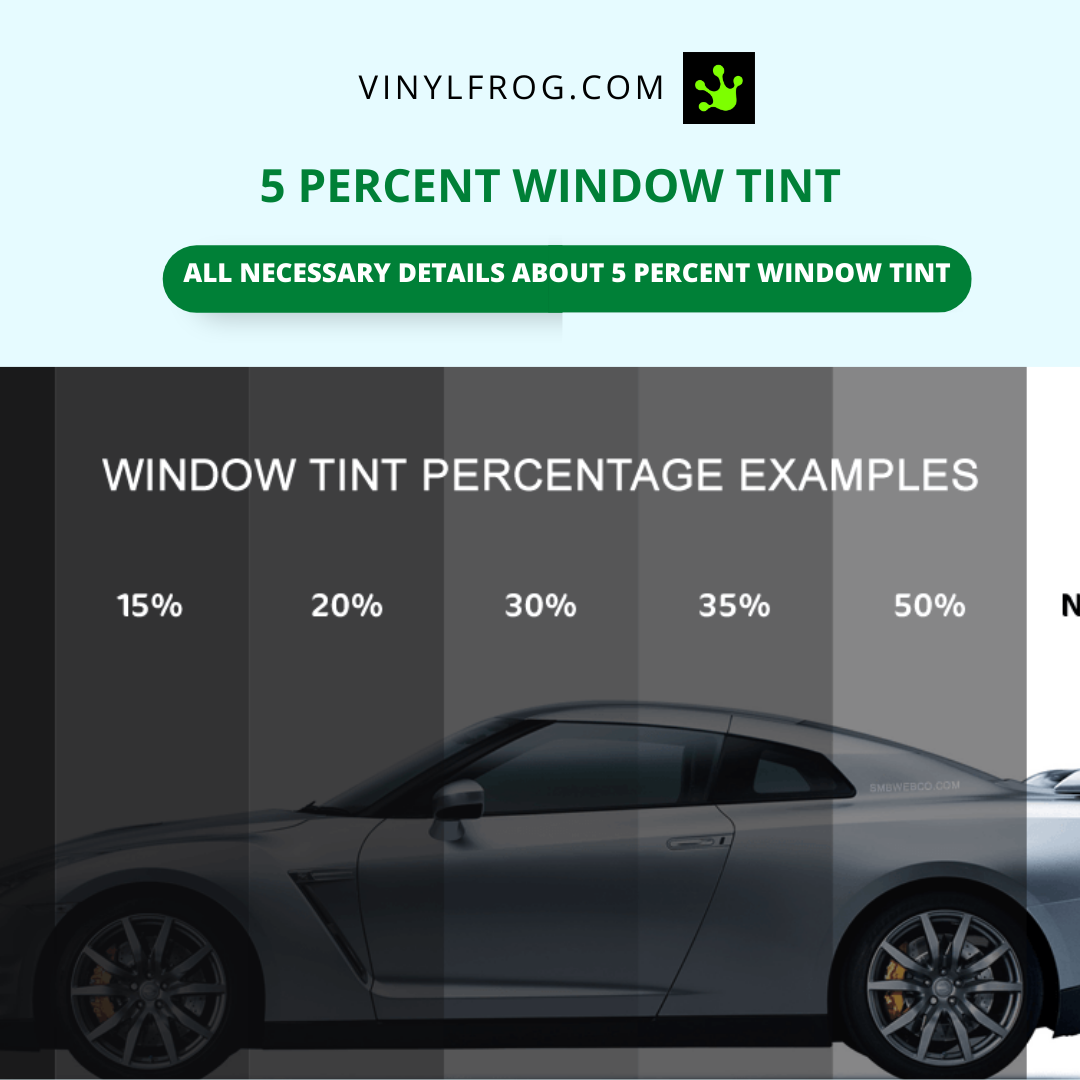Car Window Tinting: Tips for Preserving a Professional Finish
Wiki Article
Home Window Tinting Rules and Guidelines: What You Required to Know Prior To Tinting Your Vehicle
Before waging home window tinting for your lorry, it is necessary to familiarize on your own with the diverse regulations and standards that control this technique across various states. These policies determine the permissible levels of color darkness, commonly determined by visible light transmission (VLT) percents, and include details specifications for front windshields targeted at making sure road security. In addition, specific territories might supply medical exemptions for people with qualifying problems. Understanding these intricacies can conserve you from potential legal implications, but what are the particular policies in your state?Summary of Home Window Tinting Regulations
Home window tinting regulations are regularly based on variation throughout various territories, reflecting regional laws and safety factors to consider. These regulations determine the permissible levels of tint darkness and reflectiveness on vehicle home windows, making certain that chauffeurs keep appropriate visibility while also protecting against hazardous UV rays and warm.Most policies identify home window tinting based upon the Visible Light Transmission (VLT) percentage, which suggests the amount of light that can pass via the window. Typically, reduced VLT portions indicate darker tints. Legislations commonly separate in between the front, side, and back home windows, with more stringent limitations related to the front windshield to enhance safety and security for both the vehicle driver and various other roadway customers.
In addition, some territories impose limitations on the reflectivity of the color, preventing extreme glow that might hinder exposure. Exceptions to these legislations may exist for people with details medical problems calling for extra sunlight security. Compliance with window tinting guidelines is vital, as offenses can result in penalties, necessary removal of the tint, and possible rises in insurance coverage premiums. It is crucial for vehicle proprietors to familiarize themselves with local legislations before continuing with home window tinting installments.
State-by-State Tint Regulations
Comprehending the particular home window tinting guidelines in each state is vital for vehicle proprietors seeking to follow the law. Each state in the U.S. has actually established its very own set of rules regulating window tinting, which can differ significantly. These policies usually dictate the permitted levels of color darkness, the sorts of home windows that can be tinted, and any medical exceptions that may use.For instance, states like California have strict constraints on color darkness for front windows, while others, such as New Mexico, might permit darker colors. In addition, specific states mandate specific presence portions for numerous windows, including the windshield, front side windows, and back windows. It is vital for automobile proprietors to acquaint themselves with their state's regulations to avoid potential fines or fines.
Additionally, some states may call for a qualification sticker to be positioned on tinted home windows, indicating compliance with state legislations. Failure to follow these laws not just takes the chance of legal effects yet can additionally influence safety and security and exposure while driving. For that reason, vehicle owners must conduct comprehensive research or get in touch with regional authorities to make certain full understanding and compliance with state-by-state color policies.
Allowed Tint Types and levels
Lots of car proprietors may be stunned to discover that enabled color degrees and types vary commonly across various states. Each state has developed its own guidelines pertaining to the permissible darkness and reflectivity of home window tint, usually determined by Visible Light Transmission (VLT) portions. VLT describes the amount of light that can travel through the tinted windows; therefore, a reduced portion shows a darker tint.
In addition, the sorts of tint products permitted can vary, with some states banning metal or mirror-like coatings. It is important for automobile proprietors to acquaint themselves with their state's particular legislations to guarantee compliance. Non-compliance can cause penalties, necessary removal of the tint, or other lawful effects, making it vital to recognize these policies before waging setup.
Medical Exemptions for Tinting
While not all states supply allocations for medical exceptions regarding home window tinting, those that do recognize the requirement for specific people to improve presence and convenience because of medical conditions. Different clinical conditions, such as lupus, skin cancer cells, and certain eye problems, can render people particularly sensitive to sunlight. Subsequently, these people may need darker colors to safeguard themselves from dangerous UV rays and glare.
It is necessary to note that despite a medical exception, there may still be constraints on the degree of tint allowed. Compliance with state regulations makes certain that people are both protected and within lawful restrictions. Those taking into consideration medical exemptions should contact their regional Division of Motor Cars or comparable authority to comprehend the requirements and procedures needed to obtain an exception properly.
Charges for Non-Compliance
Stopping working to conform with window tinting legislations can lead to substantial fines, which differ by state. Police are equipped to provide citations for vehicles that do not follow the specified tinting guidelines. These fines generally include penalties, which can range more from small total up to several hundred bucks, depending on the intensity of the violation and the state in inquiry.In some territories, repeated offenses might result in intensifying penalties or extra fines, such as required court looks. In addition, non-compliance might require the elimination of illegal tinting, frequently at the owner's expenditure. In extreme instances, regular culprits might deal with suspension of their automobile registration up until conformity is accomplished.
Additionally, insurance effects may arise from getting numerous citations for window tint violations. Insurers might check out such offenses as an indicator of riskier behavior, possibly resulting in increased costs or problem in insurance coverage.
To avoid these fines, it is crucial for automobile owners to acquaint themselves with their regional window tinting laws and make certain that their car complies (Window Tinting). This aggressive method not just stays clear of lawful implications however also promotes roadway security
Verdict

The majority of policies classify home window tinting based on the Visible Light Transmission (VLT) portion, which indicates the amount of light that can pass through the window. Compliance with home window tinting guidelines is this post vital, as offenses can result in fines, mandatory elimination of the tint, and prospective rises in insurance coverage costs.Understanding the certain window tinting laws in each state is vital for car proprietors seeking to conform with the legislation. These regulations often dictate the allowed levels of color darkness, the types of windows that can be tinted, and any kind of medical exceptions that might use.
For circumstances, states like The golden state have rigid restrictions on color darkness for front windows, while others, such as New Mexico, may enable darker Discover More Here tints.
Report this wiki page